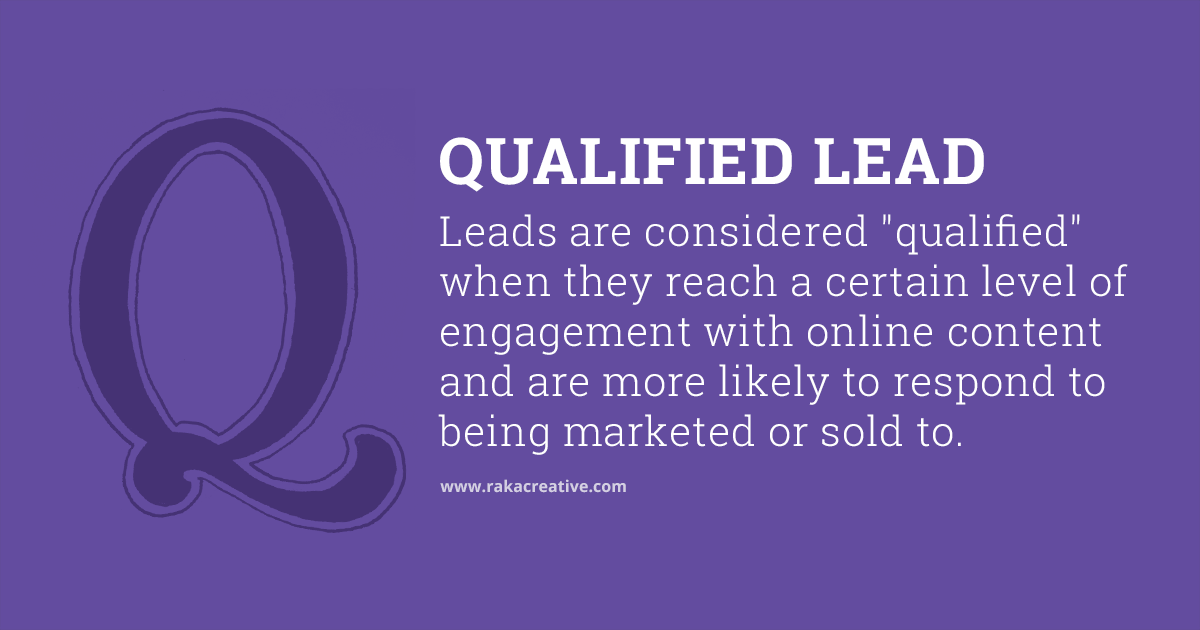You’re a pretty smart marketer. You’ve got your certifications, you monitor your social channels for brand mentions, and people tell you that “Best Marketer Ever” coffee mug is well-earned. Surely you are immune from the mistakes that impact those other marketers.
Nope. Even the best of us can fall prey to shortcuts, or putting on blinders that prevent us from using our marketing powers to the fullest. Here are some of the most common mistakes that even veterans of inbound marketing make, and reasons why you shouldn’t even entertain the thought of making them.
1. Sending email blasts
It seems difficult to believe in this age of segmentation and personalization, but there are still plenty of marketers out there who are sending the same email to 35,000 people in one fell swoop. This can be due to pressure from executives who want to justify the cost of their email marketing services, or it can be a simple desire to maximize the reach of your snazzy emails. Either way, you’ve alienated a huge number of prospects. Congratulations!
You should be slicing your list and serving up useful content and offers to very specific audiences that we assume you identified through your buyer personas. Sending an undifferentiated blast into the ether is almost always a bad idea that will see you hit spam traps, enjoy a wave of unsubscribes, and generally disgruntle your entire database. Don’t. Do. It.
2. Creating only product-focused content
Getting to the bottom of the funnel means a greater focus on your company, products, and services. As my colleague Mary Brown said to me recently, though, a laser focus on your products can wind up ruining your best bottom of the funnel campaigns.
Why? Think about a prospect who has journeyed through the top and middle of your funnel. They’re now figuring out who to select to solve their problem, and rather than talking about your expertise and the quality of your company, you’re hammering home your specific product’s value. Not only does that messaging get repetitive—how many times can you talk about a banana slicer?—but it risks obscuring your brand’s total value, which can be a bigger point of differentiation than product quality.
3. Forgetting the CTA
Why are you blogging, ultimately, in a business context? Is it because you want people to admire your award-winning prose? This ain’t Analyzing Marketing Literature 101, bub.
Ultimately, what you want to do is attract and convert contacts and customers with your content. It needs to be well-written and engaging, but it also needs to have an avenue for driving action. That’s why every single piece of content should come equipped with a relevant call-to-action that can take readers on a journey that ends with giving you their dollars.
4. Not following up
You’ve got leads in your inbox, which is tremendously exciting. Are you doing anything with them?
Oh no. You forgot to follow up on your leads, didn’t you?
Sometimes you can be so busy casting out your lines that you forget to reel any in, but the net effect is that you’ve wasted a lot of worms on fish you can’t eat, to really stretch this metaphor too far. Always be diligent about checking your inboxes, or even better, set workflows so that leads will be routed to the correct parties and nurtured automatically. You don’t want to be the one who brought in a potentially big account and let it lapse.
5. Buying email lists
Most have done this at one point or another, and everyone who has done it feels the same pit of shame deep in their stomachs. Buying lists delivers you a potentially huge set of contacts to send content to, but there’s often no way to verify the quality of those leads. That means you’re going to spend a lot of time sifting through garbage, and there may not be any gems hiding in the refuse when all is said and done.
Oh, and it’s also unethical at best, illegal at worst. Don’t fight the law, because the law (often) wins.
6. Expecting instant results
For all the time we spend rolling our eyes at clients and senior staff who expect a flood of new business for every marketing initiative, we can be awfully impatient sorts ourselves. It can be deflating to launch a huge new content campaign with all the fixings and wind up with only a couple of leads, and it can be tempting to make frantic adjustments to try to fix that.
Sometimes you just have to let things ride. As we’re all aware, content can take a while to deliver, and email nurture tracks take time to deliver value, too. Fend off those unrealistic expectations, even if they’re coming from inside your own head.
We can’t resist ending this one with a question: What are the biggest inbound marketing mistakes you see on a regular basis?





